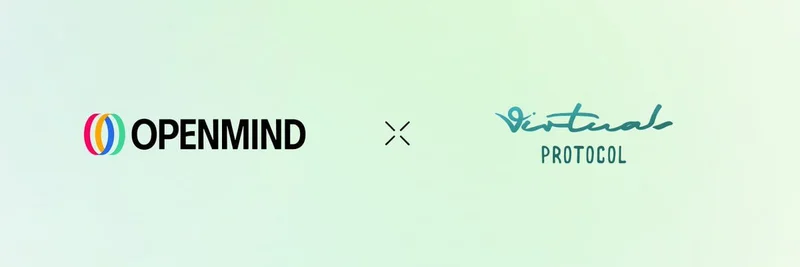Hey there, crypto degens and HODLers – if you've been riding the waves of Bitcoin's latest surge, you've probably noticed the buzz around ETFs. They're bringing Wall Street money into the game, pumping prices, and making headlines. But is it all sunshine and lambos? Not quite, according to Trezor CEO Matej Zak, who dropped some real talk in a recent clip from The Rollup podcast.
In the interview, Zak gets straight to the point: "I think it's a double-edged sword. This brings more attention to Bitcoin and drives the price up. But I believe you should self-custody your Bitcoin." Boom – that's the tension right there. On one hand, ETFs are onboarding normies and institutions, juicing liquidity and visibility for the king of cryptos. On the other? They're a slippery slope toward centralization, where your "ownership" is just a fancy IOU from a bank or broker.
The ETF Hype: Boom or Bust for Bitcoin?
Let's break it down simply. Bitcoin ETFs, like those from BlackRock or Fidelity, let traditional investors buy BTC exposure without touching the actual blockchain. It's like ordering pizza delivery instead of firing up the oven yourself – convenient, but you're trusting the delivery guy not to eat half your pie. Since their launch, we've seen BTC hit new highs, with inflows topping billions. Zak acknowledges this upside: more eyes on Bitcoin means more adoption, higher prices, and potentially smoother regulations.
But here's the edge that cuts: ETFs keep your assets in custodial hands. If the custodian gets hacked, goes bust, or faces a government freeze (remember FTX?), you're toast. Zak's not alone in this worry – it's echoed across the space, from Satoshi's whitepaper preaching peer-to-peer cash to modern voices like Michael Saylor pushing "not your keys, not your coins."
Self-Custody 101: Your Keys, Your Freedom
If ETFs are the easy button, self-custody is the power tool. In plain English, it means you control your private keys – those digital signatures proving you own your crypto – without relying on exchanges or third parties. Tools like hardware wallets (shoutout to Trezor's lineup, including the new Safe 5) store them offline, making hacks way harder.
Zak, leading Trezor since 2023, knows this inside out. The company pioneered open-source hardware wallets back in 2014, and under his watch, they're doubling down on user-friendly security. Imagine signing transactions with a device that never touches the internet – that's self-custody done right. No more sweating over exchange bankruptcies or SIM swaps.
For us at Meme Insider, this hits home harder with meme tokens. Think Dogecoin pumps or Solana-based frenzy like BONK. These assets moon fast but rug even faster. Self-custody lets you HODL through the chaos, dodging delistings or wallet drains. Trezor supports Ethereum, Solana, and more, so your PEPE bag stays safe while you ape into the next viral hit.
Why Meme Traders Need This Wake-Up Call
Meme coins aren't just jokes – they're a $50B+ market shaking up DeFi. But with great virality comes great risk: 90% of new tokens flop, and centralized exchanges can yank liquidity anytime. Zak's ETF caveat applies here too – as big money flows into blue-chips like BTC, altcoins (including memes) get the spillover hype, but without self-custody, you're playing Russian roulette.
Pro tip: Start small. Back up your seed phrase (that 12-24 word lifeline), use multi-sig for big stacks, and test recoveries. Resources like Trezor's learn hub make it newbie-proof. In a world where ETFs promise easy gains, Zak reminds us: true sovereignty beats convenience every time.
What do you think – ETFs friend or foe? Drop your takes in the comments, and if you're gearing up for self-custody, check Trezor's latest drops. Stay safe out there, insiders.
Originally spotlighting insights from this Rollup clip.




